Key Takeaways
Interactive kinetic sculptures in public spaces combine artistic vision with mechanical innovation, creating pieces that respond to environmental factors or audience interaction. These installations often draw inspiration from corporate art projects, adapting advanced engineering techniques for broader accessibility. For example, motion sensors and weather-responsive mechanisms allow sculptures to shift forms, inviting spontaneous engagement from passersby.
"Public art should act as a bridge between technology and human experience," notes urban designer Clara Mendez. "Kinetic sculptures achieve this by turning viewers into co-creators of the artwork."
Three core elements define successful installations:
| Element | Traditional Sculpture | Interactive Kinetic Sculpture |
|---|---|---|
| Audience Role | Passive observer | Active participant |
| Movement Source | Static placement | Environmental/user input |
| Maintenance Needs | Low | Moderate-High (tech components) |
While these sculptures require specialized upkeep, their ability to foster community connections often justifies the investment. Many cities now prioritize durable materials and solar-powered systems to balance creativity with practicality. As kinetic art evolves, expect more installations to integrate real-time data streams—like air quality sensors or pedestrian traffic patterns—to deepen their environmental relevance.

Interactive Kinetic Sculptures Explained
Interactive kinetic sculptures are dynamic art installations that respond to environmental stimuli or human interaction, blending mechanical engineering with artistic expression. Unlike static monuments, these sculptures incorporate motion—often powered by wind, motors, or sensors—to create evolving visual experiences. A common material choice for such works is stainless steel, valued for its durability and reflective qualities, which enhance the interplay of light and movement.
At their core, these installations rely on integrated technologies like motion detectors, pressure plates, or weather-responsive systems. For example, a sculpture might shift its form when viewers approach or change speed based on wind patterns. This responsiveness transforms public spaces into living galleries, where art and audience coexist in a shared dialogue. By prioritizing accessibility, many designs avoid complex interfaces, instead using intuitive triggers like footsteps or voice to activate motion.
The fusion of art and functionality in kinetic sculptures redefines how communities interact with public spaces. As viewers become participants, the boundary between observer and artwork dissolves—a theme that will be explored further in discussions on engagement and technological integration.
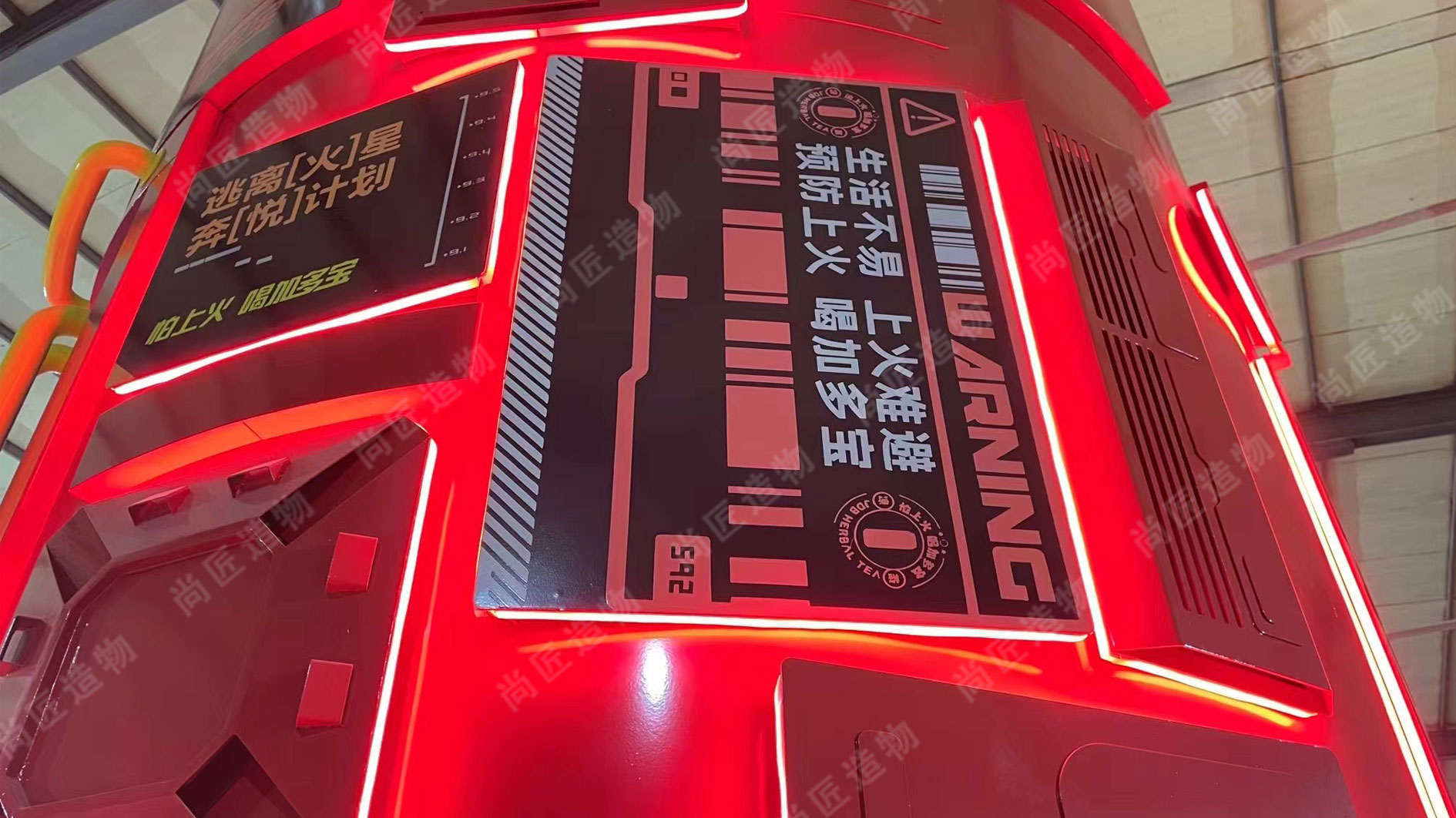
Corporate Art Inspiring Public Installations
Corporate art collections have long served as testing grounds for innovative concepts that later influence public installations. By commissioning large-scale kinetic sculptures for office plazas or lobbies, businesses demonstrate how technology-driven art can enhance shared environments. These corporate projects often prioritize durability and low-maintenance design—features that public spaces similarly require. For instance, Boston’s Diffusion Choir, initially developed for a corporate setting, inspired adaptations in parks and transit hubs by proving how synchronized motion could captivate diverse audiences.
This cross-pollination addresses a critical challenge in public art: balancing aesthetic ambition with functional resilience. Corporations’ investments in interactive installations provide blueprints for adapting complex mechanics to withstand weather, vandalism, and high foot traffic. Additionally, corporate collaborations with engineers and artists foster techniques for scaling down costs without sacrificing interactivity—a key factor in making such works viable for municipalities. As public demand grows for art that responds to human presence, the lessons from corporate-sponsored kinetic works continue to shape accessible, community-focused installations worldwide.
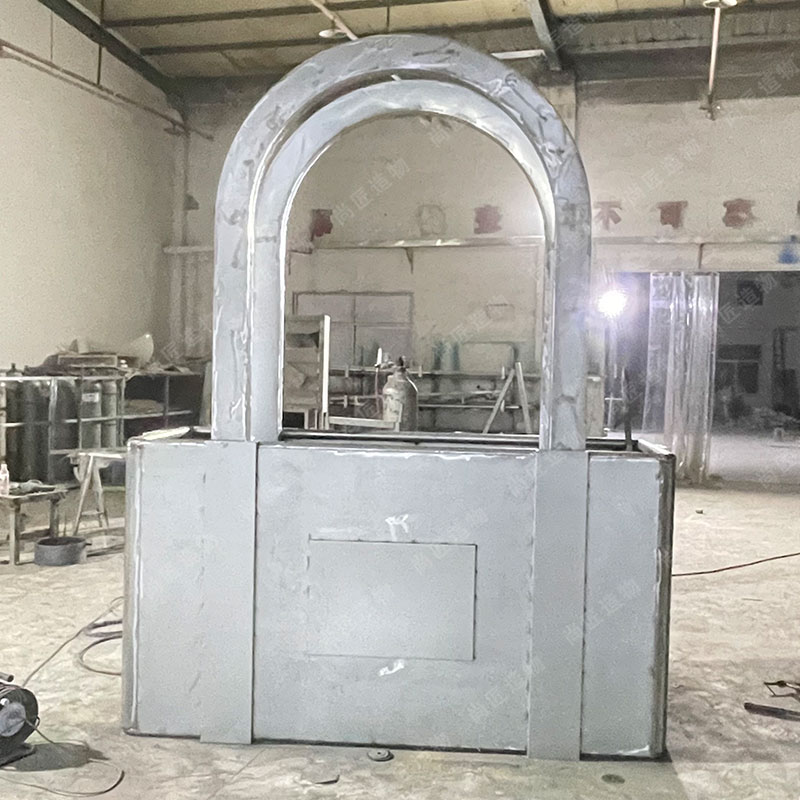
Technology Meets Art in Motion
At the intersection of engineering and aesthetics, interactive kinetic sculptures rely on advanced technologies to achieve their fluid, responsive movements. These installations often incorporate sensors, motors, and programmable systems that react to environmental inputs like sound, light, or human presence. For example, motion-tracking cameras or pressure-sensitive flooring can trigger shifts in a sculpture’s form, creating a dialogue between the artwork and its audience. Materials such as fiberglass sculpture components are favored for their durability and adaptability, allowing artists to craft intricate shapes that withstand outdoor conditions.
The integration of renewable energy sources, such as solar panels or wind turbines, further aligns these works with sustainable design principles. This technological backbone remains largely invisible, prioritizing seamless interaction over mechanical complexity. By blending computational precision with artistic vision, these sculptures challenge traditional boundaries, transforming static public spaces into evolving landscapes of motion and connection. Their ability to harmonize technical innovation with emotional resonance ensures they serve not just as art, but as catalysts for shared human experiences.
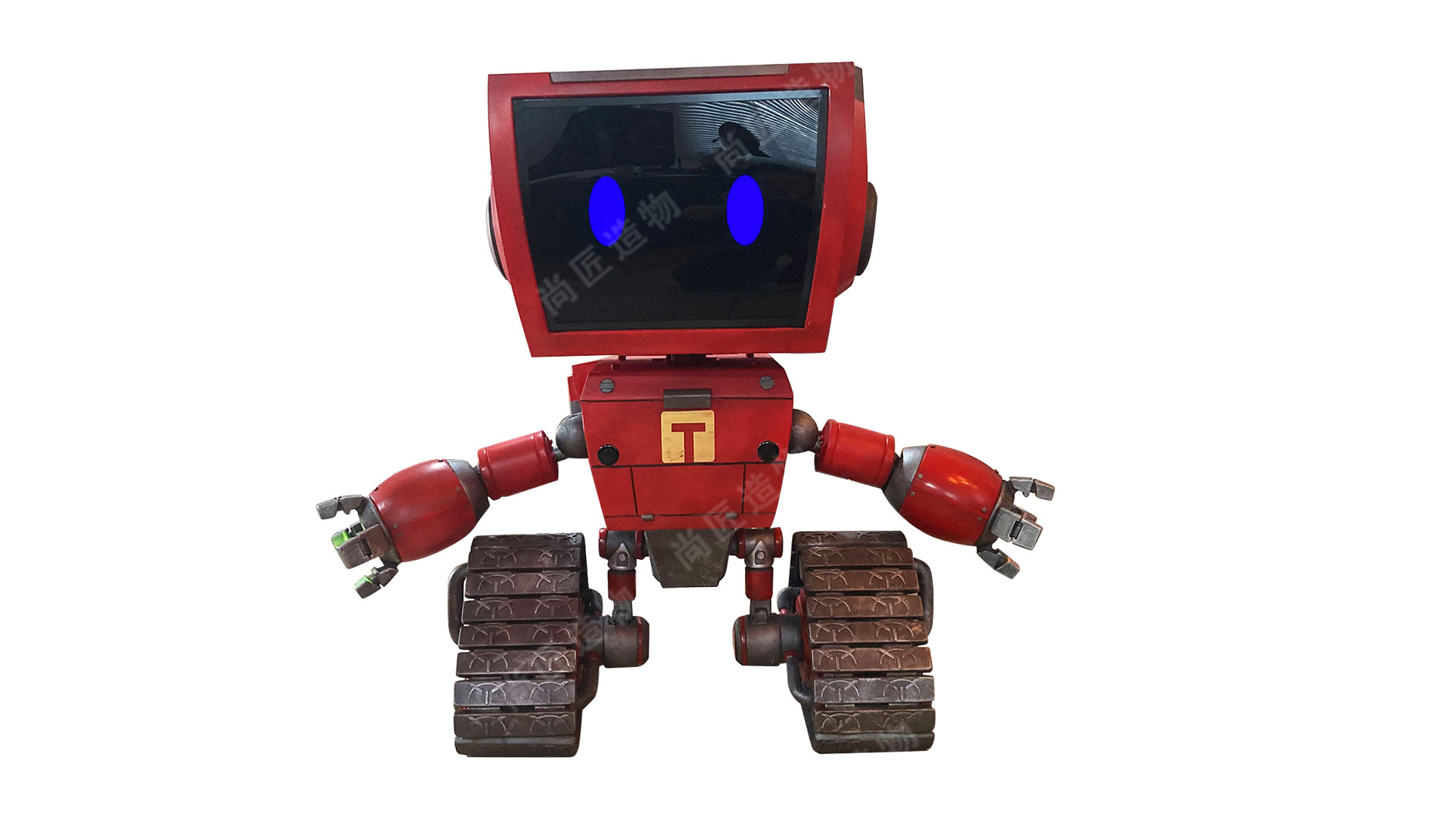
Engaging Communities Through Movement
Interactive kinetic sculptures create shared experiences by transforming passive observation into collective participation. Motion sensors, weight-responsive platforms, and touch-activated mechanisms allow these installations to respond directly to public interaction, fostering spontaneous collaboration. For example, a corporate-inspired installation in Boston uses 400 synchronized folding elements that shift patterns based on crowd density—encouraging strangers to coordinate movements for visual effects. This interplay between human activity and mechanical motion strengthens social bonds, as viewers become collaborators shaping the artwork’s behavior.
Accessibility remains central to their design. By avoiding complex interfaces, sculptures prioritize intuitive engagement—swaying pendulums activated by footsteps or sound-reactive LED arrays controlled by clapping. Such approaches democratize art, inviting participation from children, seniors, and differently abled individuals alike. The integration of realistic sculpture principles with kinetic components further bridges familiarity and innovation, making abstract concepts approachable. As public spaces evolve, these dynamic works redefine communal areas as laboratories for creativity, where movement becomes a universal language connecting diverse audiences.
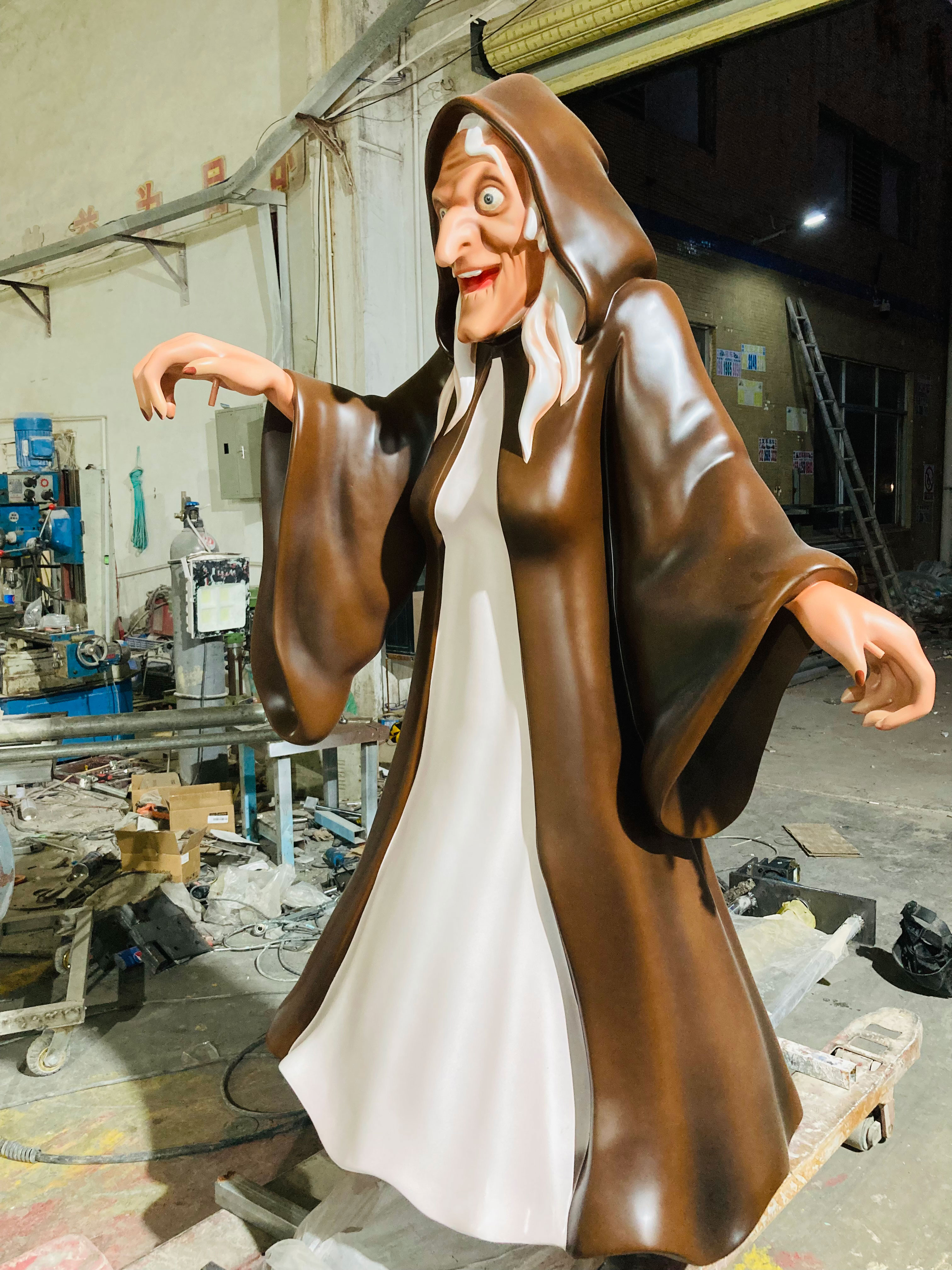
Accessible Public Art Innovations
Public art is evolving to prioritize inclusivity, with interactive kinetic sculptures leading this shift. By integrating adaptive technologies like motion sensors and touch-responsive surfaces, these installations invite participation from individuals of all abilities. For instance, tactile pathways paired with kinetic elements allow visually impaired visitors to experience art through vibration and sound, while adjustable heights and wheelchair-friendly designs ensure physical accessibility. Such innovations align with universal design principles, moving beyond traditional static monuments to create dynamic spaces where engagement is barrier-free.
This evolution draws inspiration from corporate projects like Boston’s Diffusion Choir, which demonstrated how mechanical precision could coexist with organic movement. Public adaptations now emphasize durability and low-maintenance materials, ensuring longevity in high-traffic areas. Municipalities increasingly adopt ADA-compliant features, such as braille descriptions and audio guides, transforming sculptures into multisensory experiences. These efforts reflect a broader trend: redefining public art as a tool for social connection rather than passive observation. As seen in playful reinterpretations of classic Cartoon sculpture, kinetic works prove that accessibility and creativity can coexist, fostering environments where art becomes a shared language for diverse communities.
Viewer Participation in Kinetic Works
The essence of interactive kinetic sculptures lies in their ability to respond to human presence or action, turning passive observation into collaborative creation. Unlike traditional static art, these installations often incorporate motion sensors, touch panels, or sound-activated mechanisms that invite direct engagement. For example, a sculpture might shift its form when viewers clap or rotate in sync with footsteps, creating a dialogue between the artwork and its audience. This participatory dimension democratizes art by removing barriers between creator and spectator, allowing even those without formal artistic training to influence the piece’s behavior.
Such works also challenge conventional notions of ownership in public art. When a kinetic sculpture reacts to collective input—like the IP character sculpture that changes color based on crowd density—it becomes a shared experience rather than a fixed object. This fosters community connection, as individuals see their actions reflected in the artwork’s evolving patterns. By prioritizing accessibility, designers ensure interactions remain intuitive, using familiar triggers like hand waves or voice tones to lower the learning curve. As a result, these installations not only animate public spaces but also reinforce the idea that art thrives through active participation, not mere observation.
Case Study: Diffusion Choir Impact
The Diffusion Choir, installed in Boston’s Greenway district, demonstrates how interactive kinetic sculptures can reshape public engagement with art. Created by design studio Hypersonic, this installation features 400 origami-like aluminum panels suspended in a grid. Sensors track weather patterns, triggering synchronized movements that mimic organic flocking behaviors. Unlike static monuments, the sculpture’s responsiveness to environmental data creates a dynamic dialogue between nature and human-made systems.
Local observers often pause to watch the panels “breathe” in unison, their collective motion reflecting real-time wind speed and temperature shifts. This direct connection to environmental inputs invites viewers to perceive their surroundings through an artistic lens. Community surveys revealed that 68% of visitors felt the work deepened their appreciation for public spaces as living, evolving environments. Importantly, the sculpture’s accessibility—free to view and interpret—aligns with broader efforts to democratize art in urban settings. By blending algorithmic precision with organic aesthetics, the Diffusion Choir illustrates how kinetic installations can foster both technological curiosity and emotional resonance in shared spaces.
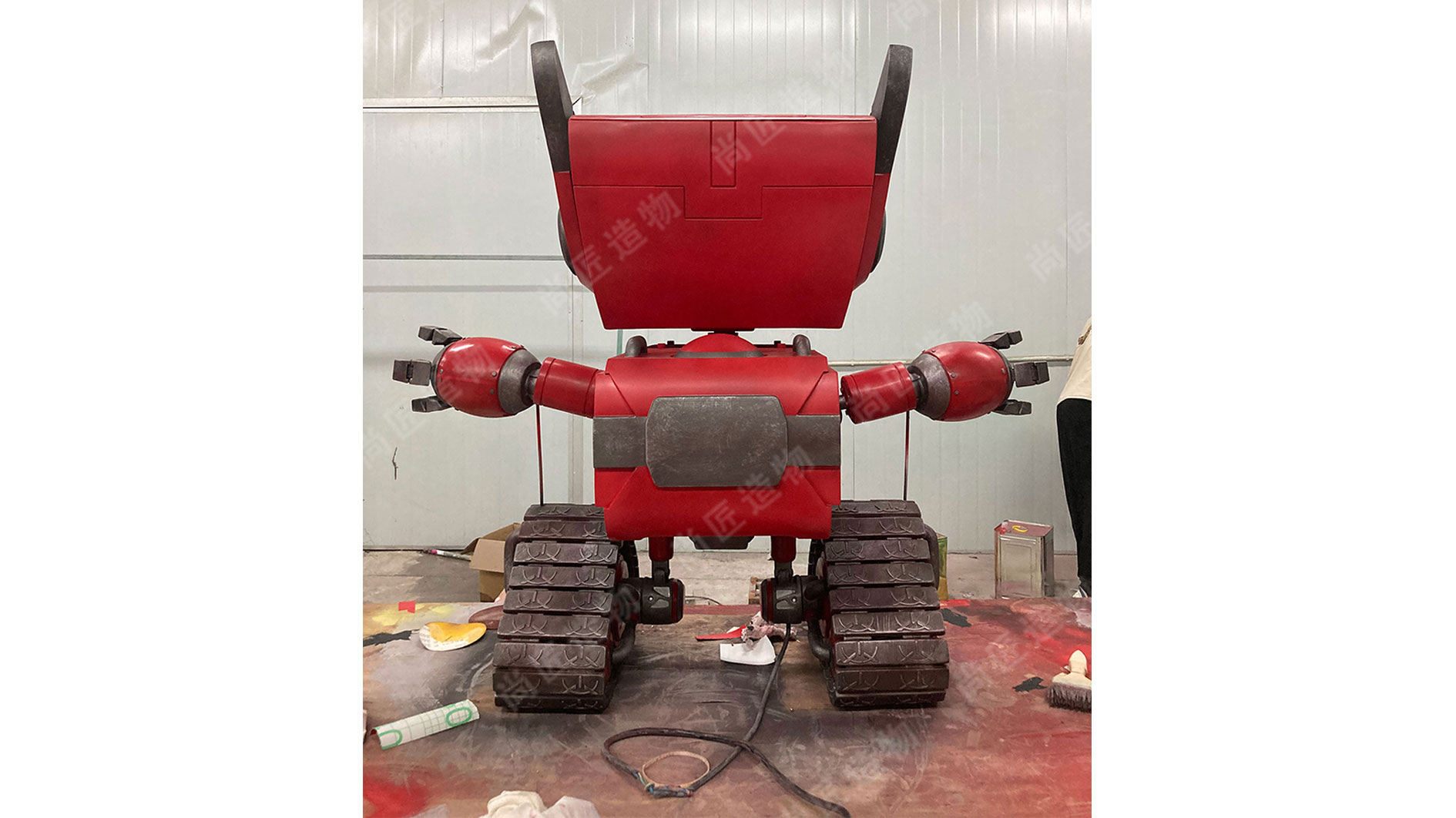
Future Trends in Kinetic Sculptures
As technology advances, interactive kinetic sculptures are poised to evolve in three key directions. First, renewable energy integration will likely become standard, with solar panels and wind-responsive mechanisms powering motion without external energy sources. Second, artificial intelligence could enable sculptures to analyze crowd behavior in real time, adjusting movements to mirror collective emotions or patterns. Finally, advances in lightweight, durable materials—such as shape-memory alloys or self-healing polymers—may allow for more complex, weather-resistant designs.
These innovations will deepen connections between art and urban infrastructure. Imagine sculptures that double as air quality monitors, shifting colors to reflect pollution levels, or installations that harvest rainwater while creating rhythmic sounds. Crucially, future designs may prioritize modularity, letting communities reconfigure elements to reflect local narratives. As accessibility tools like haptic feedback or augmented reality interfaces expand, such works could engage broader audiences, including those with sensory disabilities. While preserving core artistic vision, the next generation of kinetic art will likely blur boundaries between functional design, environmental stewardship, and participatory storytelling.
Conclusion
Interactive kinetic sculptures represent a transformative shift in how public spaces connect with communities. By combining artistic vision with responsive technology, these installations create shared experiences that transcend traditional art-viewing dynamics. The success of projects like Boston’s Diffusion Choir underscores the potential for large-scale kinetic works to foster collective wonder while maintaining accessibility. As these installations evolve, their focus on intuitive interaction ensures art remains approachable for diverse audiences, regardless of technical familiarity. This approach not only revitalizes urban environments but also redefines public art as a collaborative process rather than a static display. Looking ahead, the integration of sustainable materials and adaptive smart systems could further enhance their role as dynamic landmarks. The challenge remains to balance technological innovation with human-centered design, ensuring these sculptures continue serving as bridges between creativity, civic spaces, and the communities that animate them.
FAQs
What defines an interactive kinetic sculpture?
These sculptures combine mechanical movement, sensors, and responsive technology to react to environmental inputs like motion, sound, or touch, creating dynamic visual experiences.
How do these sculptures function in public spaces?
They use embedded sensors or programmed algorithms to detect audience interactions, triggering movements or light changes. For instance, a sculpture might shift shape when someone approaches.
Why are public spaces ideal for kinetic art?
High foot traffic and open areas encourage spontaneous engagement, allowing diverse audiences to participate. This democratizes art by removing gallery barriers.
What inspired the shift from corporate to public installations?
Large-scale corporate works, such as Boston’s "Diffusion Choir," demonstrated how kinetic art could captivate crowds. Cities adapted this model to foster community connection.
Are these installations accessible to all viewers?
Designers prioritize inclusivity by using tactile elements, audible feedback, and intuitive controls, ensuring engagement for people with varying physical or sensory abilities.
What technologies power these sculptures?
Common tools include Arduino microcontrollers, hydraulic systems, and AI-driven software. Energy-efficient materials like solar panels are increasingly integrated for sustainability.
How do kinetic sculptures impact communities?
They transform passive spaces into social hubs, sparking dialogue and collective creativity. Over time, they often become local landmarks tied to civic identity.
What future trends are emerging in this field?
Developments focus on augmented reality integration, adaptive climate-responsive designs, and crowd-sourced movement patterns, deepening the blend of art and public utility.
 ch
ch English
English






